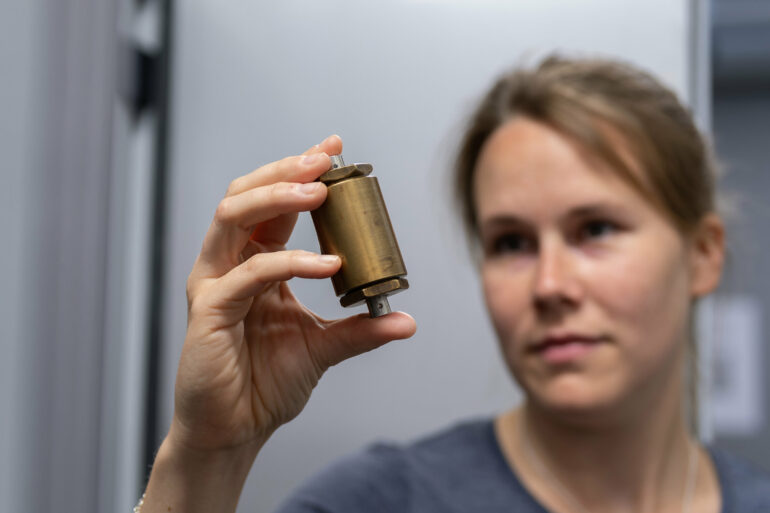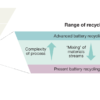Research into electrochemical energy storage devices and their development is among those fields of material sciences in which most work is being done worldwide. The rapidly growing need for high-performance batteries for a large number of applications has led to an increasing interest in achievable charging capacities and speeds. Equally, attention is being focused more strongly on the lifetimes, safety and availability of material resources, as well as on carbon footprints.
It is against this background that chemists Prof. Jürgen Janek from Justus Liebig University Giessen and Prof. Wolfgang Zeier from the University of Münster and Helmholtz Institute Münster of Forschungszentrum Jülich (Germany), took a close look at the developments of the last ten years in the field of solid-state batteries.
For this purpose, the researchers analyzed the current state of the technology, critically considering the challenges and the unresolved issues which must be addressed to make solid-state batteries competitive. This critical assessment of the technology has been published in the latest issue of the journal Nature Energy as a review article.
The solid-state battery is a further development of the lithium-ion battery, whose function is currently achieved by means of a liquid, organic electrolyte. The aim is to use a solid electrolyte in solid-state batteries, promising better storage properties, longer lifetimes and increased safety. The development of solid-state batteries has been pursued worldwide in intensive research work for about ten years now.
“What is becoming clear is that the concept of the solid-state battery today comprises a number of variations, the success of which cannot be safely predicted yet,” is how Jürgen Janek summarizes the state of play in developments.
One conclusion the researchers have drawn is that in spite of the wide-ranging activities being undertaken in research institutes and industrial companies, there is not yet measurable progress over the established lithium-ion technology with its liquid electrolytes. In their analysis they mention various aspects as representing decisive challenges.
One key point is the development of solid electrolytes which can ensure higher battery performance and safety at the same time as having as low a concentration of lithium as possible. Moreover, a maximum-capacity anode material is required, which enables the battery to have less volume and weight.
Overall, the researchers say that new approaches in material research through a combination of theory and experiment are necessary, in particular through collaborations between as many different disciplines as possible. “We take an optimistic view,” says Wolfgang Zeier. “Without any doubt, solid-state batteries will reach the commercialization stage. The question is just when, and to what extent.”
Back in 2016, Jürgen Janek and Wolfgang Zeier, who were both at the University of Giessen at that time, also analyzed the prospects for solid-state batteries and published their results in Nature Energy. Since then, the article has been cited more than 2,000 times, having a decisive influence on this field of research.
In their latest and more comprehensive article in the same journal, the two authors have updated their analysis. In the earlier analysis in 2016 there were many basic questions that were still unanswered and largely unresolved, but this time there are additional factors that play a role—on the one hand as a result of implementing the technology, and on the other, concerning the important questions of material resources and costs.
More information:
Jürgen Janek et al, Challenges in speeding up solid-state battery development, Nature Energy (2023). DOI: 10.1038/s41560-023-01208-9
Provided by
University of Münster
Citation:
New study takes close look at energy storage (2023, February 23)



